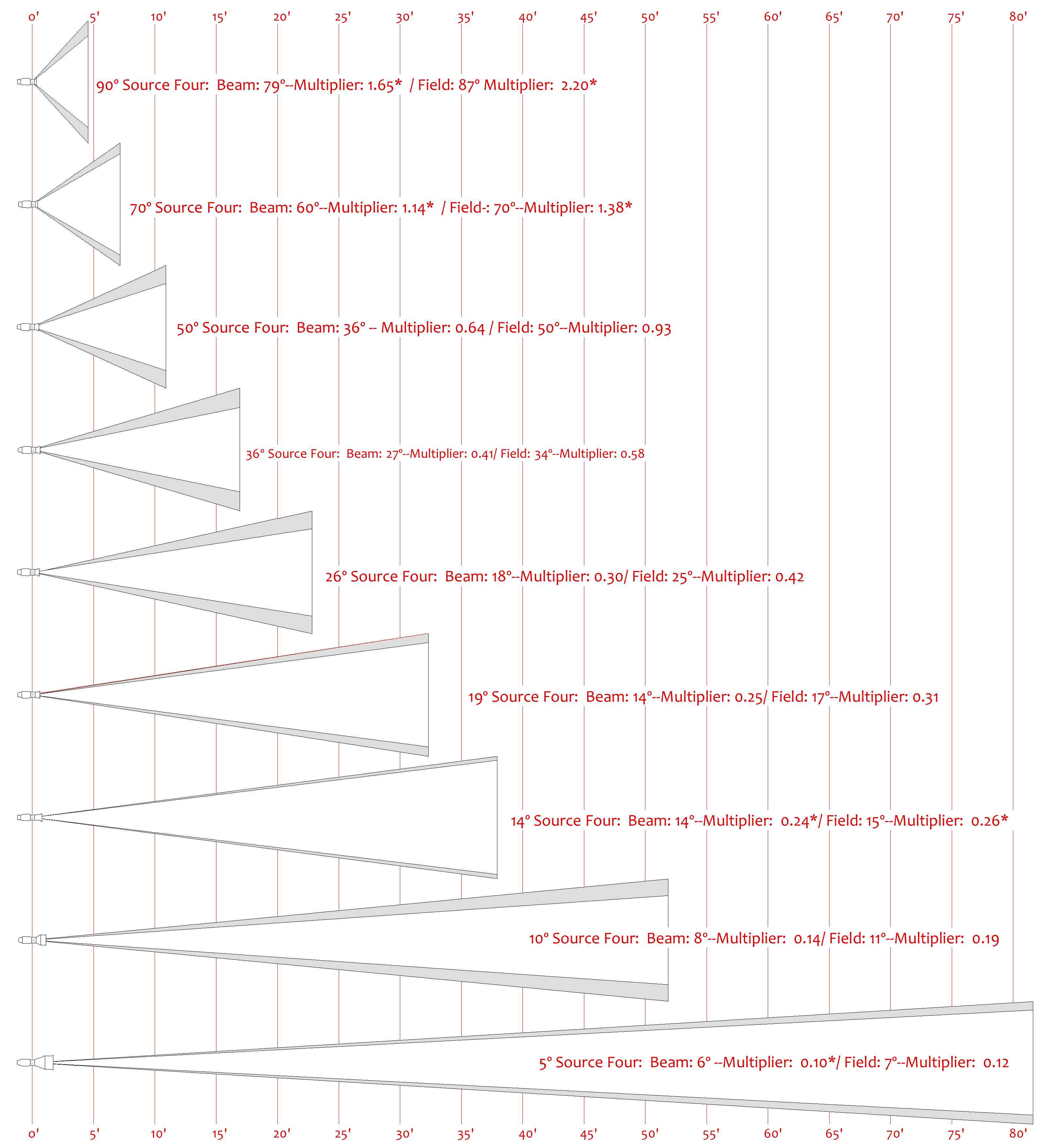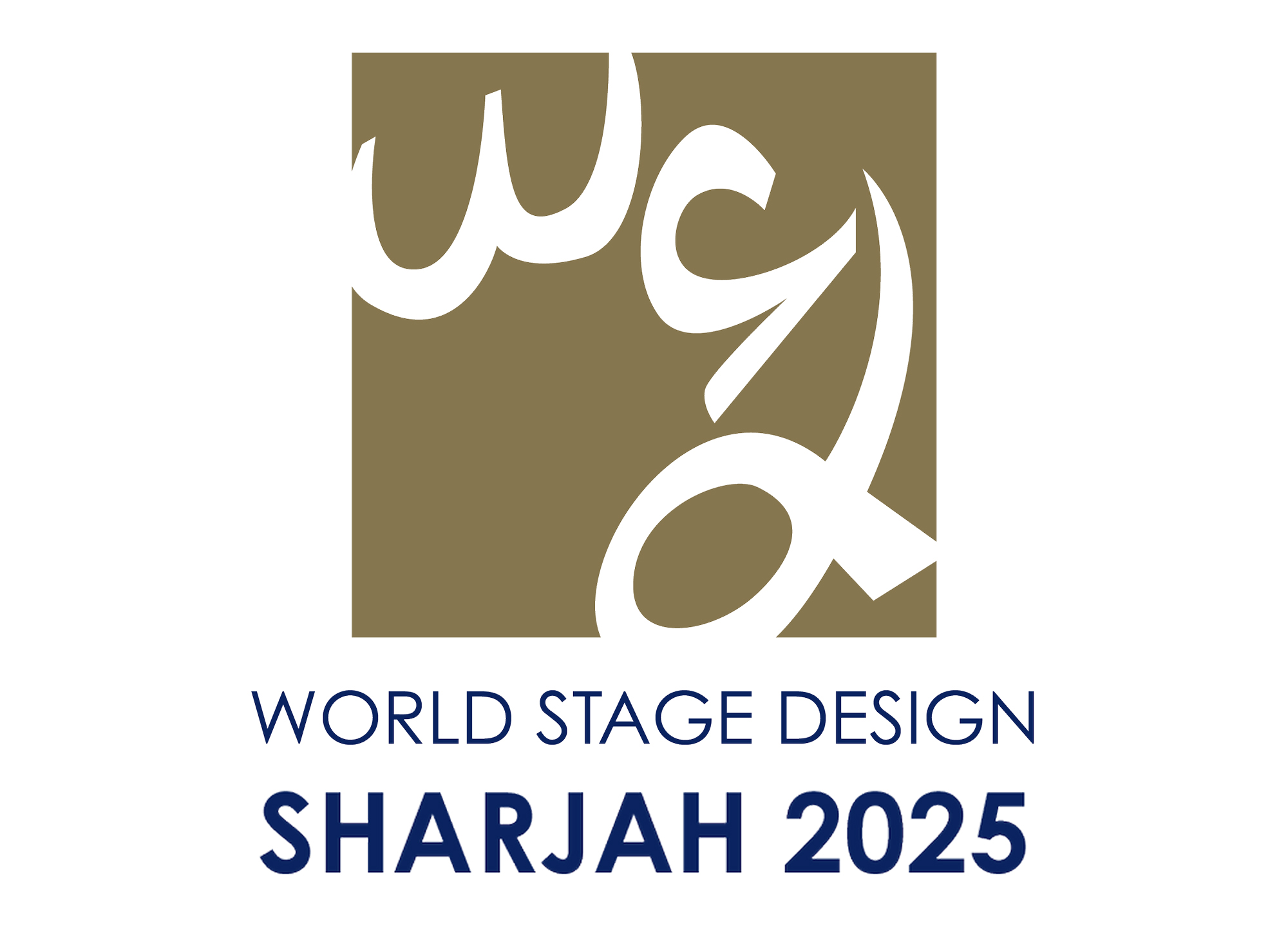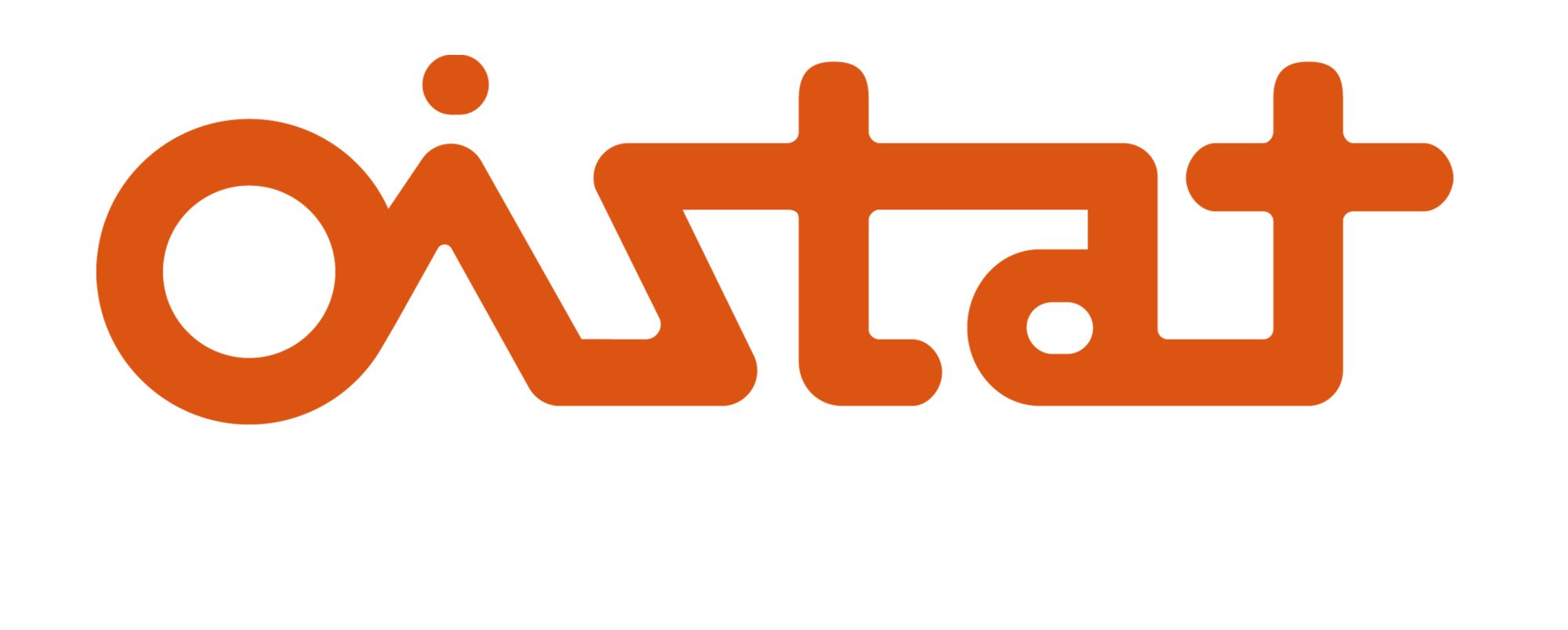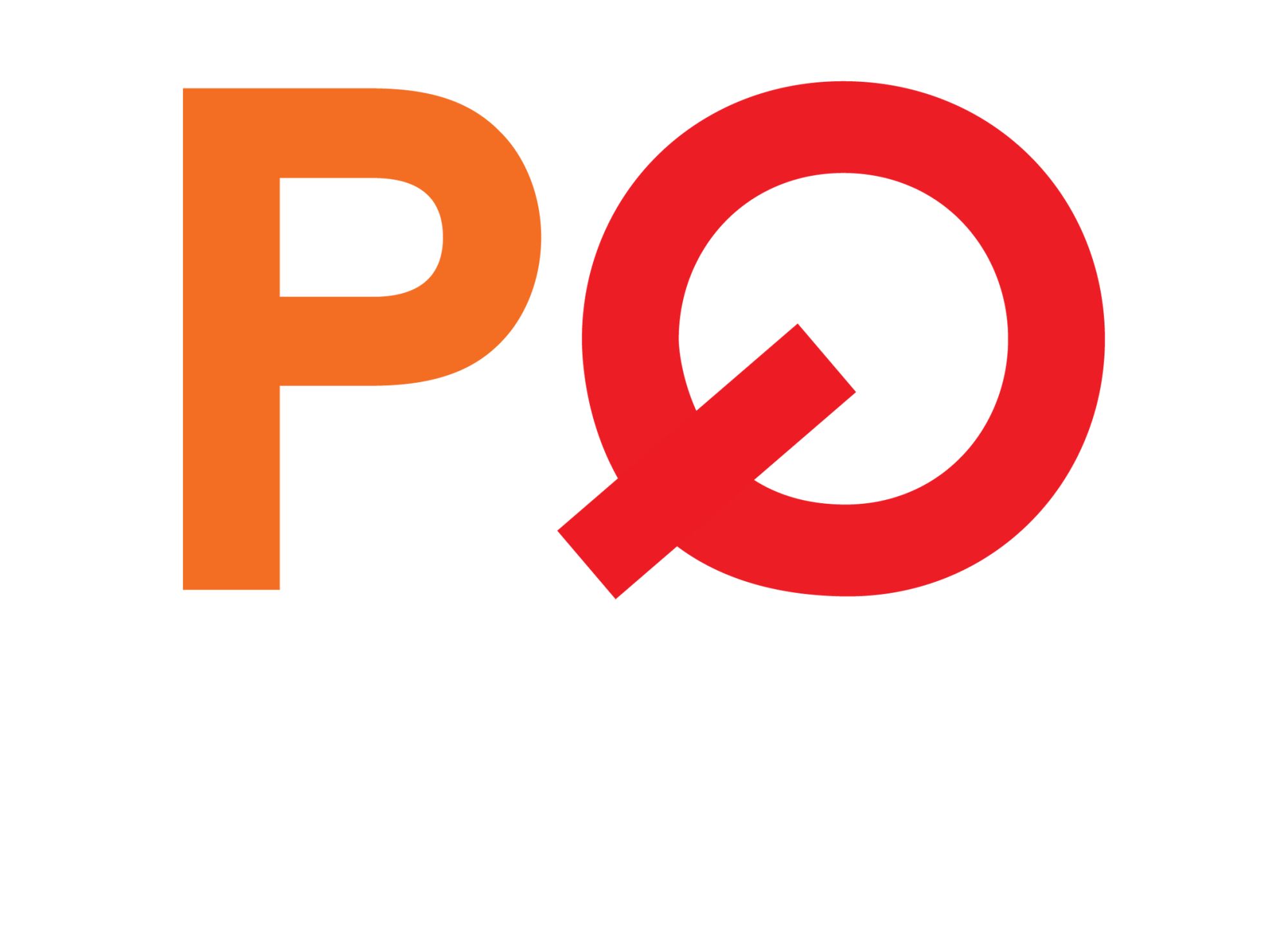为设计师理解为是可用的仪器光束输出的特性,以便选择期望的目的最好夹具是重要的。记住的目标之一是使一个8'至14'上的台直径照明区域,所述照明设计师必须能够指定最合适的夹具。通常,当一设计者在熟悉空间或熟悉设备的工作,设计人员可以几乎从本能工作。
It is important for the designer to understand the characteristics of the beam output for the instrumentation that is available, so as to select the best fixture for the intended purpose.Remembering that one of the goals is to render an 8′ to a 14′ diameter lighting area on the stage, the Lighting Designer must be able to specify the most suitable fixture.Often, when a designer is working in a familiar space or with familiar equipment, the designer can work almost from instinct.
然而,一个没有经验的设计师或设计师在一个陌生的空间中工作,或不熟悉的灯具,将被建议做一些“功课”。下面是比较9种不同的ETC Source四夹具及相关梁场角的表。该图显示所需的投影距离产生光的10'池(使用现场)
However, an inexperienced designer, or a designer working in an unfamiliar space, or with unfamiliar fixtures, would be well advised to do some “homework”.Below is a table comparing 9 different ETC Source Four fixtures and their related Beam and Field angles.The diagrams indicate the throw distance necessary to produce a 10′ pool of light (using the Field)

Comparing Field and Beam Angles of ETC Source Four Fixtures
梁和视场角的信息来自于个人网上夹具单页纸可在ETC网站源代码下载四个现场。乘法因素光束扩散来自源四梁价位表上相同的下载网站。标有*的多样信息foacors不包括在现有的光束扩散表,并已被笔者计算。设计师可以发现在美国的许多可用的照明灯具信息配光曲线手册(百老汇出版社出版),或在其他文本。然而,大多数厂商还提供在线信息(如ETC的情况下)。
The beam and field angle information comes from the individual online fixture cut sheets available at the ETC web site Source Four Downloads site.Multiplication factors for beam spread come from the Source Four Beam Spread Table on the same downloads site.Multiplicate foacors marked with an * are not included on the available beam spread table and have been calculated by the author.The designer may find information on many lighting fixtures available in the US in the Photometrics Handbook (published by Broadway Press) or in other texts.However, most manufacturers also offer the information online (as in the case of ETC).
其中一个提供给照明设计师最方便的工具之一是“倍增因子”。这是分配给每个光提供该文书将使用由下式的已知距离呈现的池的大小的快速aproximation器械的号码:(投射距离)×(乘法系数)=(照明区直径) 。
One of the handiest tools available to the Lighting Designer is the “Multiplication Factor” .This is a number assigned to each instrument that provides a quick aproximation of the size of the pool of light that that instrument will render from a known distance using the following formula: (Throw Distance) X (Multiplication Factor) = (Lighting Area Diameter).
例如,假设你知道你有一个20'扔的距离从您要使用的照明位置ligting区,你想有一个大约12'照明领域。您可以测试每个可用夹具通过插入用于现场倍增因子代入公式,确定从距离其照明领域:
For example, suppose you know that you have a 20′ throw distance to the ligting area from a lighting position that you intend to use and you want to have about a 12′ lighting area.You can test each available fixture to determine its lighting area from that distance by plugging the Multiplication Factors for Field into the formula:
Source Four 26 — (20′) X (0.42) = (8.4′)
Source Four 36 — (20′) X (0.58) = (11.6′)
Source Four 50 — (20′) X (0.93) = (18.6′)
这表明,虽然36度夹具将产生比我们希望有一个稍小直径的照明面积,这是最好的(如在最近)的选择。请注意,虽然它是6“的直径比目标尺寸窄,下夹具(源四50)比希望将产生一个更大的直径。
This would suggest that although the 36 degree fixture would yield a slightly smaller diameter lighting area than we hoped for, it is the best (as in closest) choice.Note that while it is 6″ in diameter narrower than the target size, the next fixture (the Source Four 50) will produce a much larger diameter than desired.
如果你不想运行试验和错误的计算,你可以用下面的公式来学习所需的倍频系数,然后选择最接近的最佳匹配:
If you didn’t want to run trial and error calculations, you could use the following formula to learn the desired multiplication factor, and then choose the closest best match:
(期望区直径)/(投影距离)=(期望倍增因子)。因此,与20'可用投射距离和12'所需的照明区域:该式(12')/(20')=(0.60)表明我们正在寻找有可能接近0.60乘数夹具。通过该值进行比较,以现有的灯具领域的倍增因子的数值,你学了36度夹具是最接近的。你将不得不通过一个公式再次运行的实际域乘法因素以确定确切的照明区域的直径(这样你就可以据此来规划你的区域)
(Desired Area Diameter) / (Throw Distance) = (Desired Multiplication Factor) Thus, with the 20′ available throw distance and the 12′ desired lighting area: The formula (12′) / (20′) = (0.60) indicates that we are looking for a fixture that has close as possible to a Multiplication factor of 0.60.By comparing that value to the values of the Field Multiplication Factor of the available fixtures, you learn that the 36 degree fixture is the closest.You would have to run the actual Field Multiplication factor through the first formula again to determine the exact Lighting Area diameter (so that you could plan your areas accordingly)












